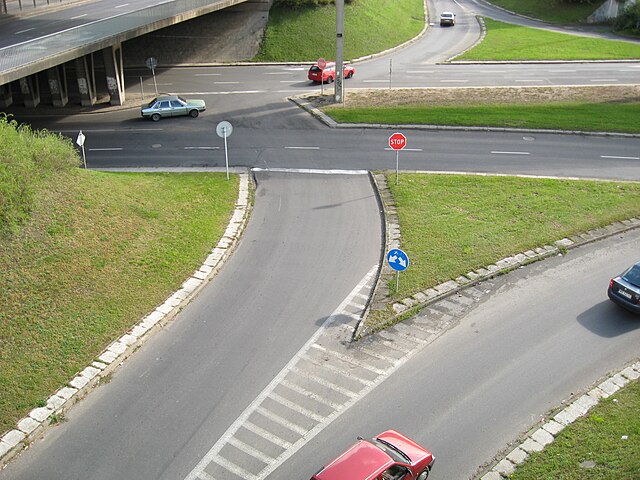In the intricate web of modern infrastructure, roads form the sinews that connect communities, facilitate commerce, and foster societal progress. The construction and maintenance of roads are pivotal elements in the socio-economic landscape of any nation. However, the magnitude and efficiency of road construction are greatly influenced by government policies. This article delves into the multifaceted role of government policies in shaping and accelerating road construction endeavors.
Understanding the Nexus between Government Policies and Road Construction
Government policies serve as the guiding principles that dictate the trajectory of road construction initiatives. These policies encompass a spectrum of considerations, ranging from budget allocations and regulatory frameworks to environmental sustainability and public safety standards.
1. Budget Allocations and Funding Mechanisms
At the heart of any infrastructure project lies the question of financing. Adequate budget allocations earmarked for road construction projects are indispensable for their fruition. Government policies play a pivotal role in determining the magnitude and allocation of funds for infrastructure development. Through strategic budgetary planning and the exploration of innovative funding mechanisms such as public-private partnerships (PPPs) and infrastructure bonds, governments can mobilize the financial resources necessary to propel road construction projects forward.
2. Regulatory Frameworks and Permitting Processes
The regulatory landscape governing road construction projects is often intricate, encompassing zoning laws, environmental regulations, and land acquisition procedures. Government policies aimed at streamlining permitting processes and enhancing regulatory clarity can expedite the commencement and completion of road construction ventures. By fostering a conducive regulatory environment, governments can mitigate bureaucratic hurdles and facilitate seamless collaboration between stakeholders involved in road construction initiatives.
3. Environmental Sustainability and Mitigation Strategies
In an era characterized by growing environmental consciousness, sustainable development has emerged as a paramount consideration in infrastructure projects. Government policies mandating the integration of eco-friendly practices and the implementation of mitigation strategies for minimizing environmental impact are instrumental in ensuring the long-term sustainability of road construction endeavors. By embracing sustainable construction materials, adopting energy-efficient technologies, and prioritizing the preservation of natural habitats, governments can align road construction projects with environmental stewardship objectives.
4. Public Safety Standards and Infrastructure Resilience
The safety of road users is a non-negotiable priority in any road construction endeavor. Government policies play a crucial role in establishing and enforcing stringent safety standards aimed at safeguarding motorists, pedestrians, and cyclists alike. Moreover, in the face of increasing climate-related risks and natural disasters, government policies emphasizing infrastructure resilience and disaster preparedness are imperative for enhancing the durability and longevity of roads.
By integrating resilient design principles and investing in robust maintenance protocols, governments can fortify roads against the vagaries of nature and ensure their continued functionality in adverse conditions. Visit Line Marking Pro where you will find lots of useful tips and ideas about government policies in road construction.

Case Studies: Exemplifying the Impact of Government Policies on Road Construction
1. The United States: Accelerating Infrastructure Development through Legislative Action
In the United States, the passage of comprehensive infrastructure bills, such as the FAST Act and the recently enacted Infrastructure Investment and Jobs Act, underscores the pivotal role of government policies in catalyzing road construction initiatives. Through strategic funding allocations and regulatory reforms, these legislative measures aim to revitalize aging infrastructure, enhance transportation efficiency, and spur economic growth.
2. China: Prioritizing Infrastructure Expansion as a Pillar of Economic Development
China’s ambitious Belt and Road Initiative exemplifies the symbiotic relationship between government policies and infrastructure development. By leveraging a combination of state-backed financing and strategic partnerships, China has embarked on a monumental undertaking to enhance connectivity and foster economic integration across continents. Government policies promoting infrastructure investment serve as the linchpin of China’s development strategy, with road construction projects playing a pivotal role in bolstering regional connectivity and facilitating trade flows.
Conclusion: Empowering Progress through Strategic Governance
In summation, the role of government policies in driving road construction extends far beyond mere bureaucratic mandates—it embodies a potent catalyst for societal progress and economic prosperity. By formulating judicious policies that prioritize funding, streamline regulatory processes, uphold environmental stewardship, and ensure public safety, governments can pave the way for a future defined by robust infrastructure networks and flourishing communities.





